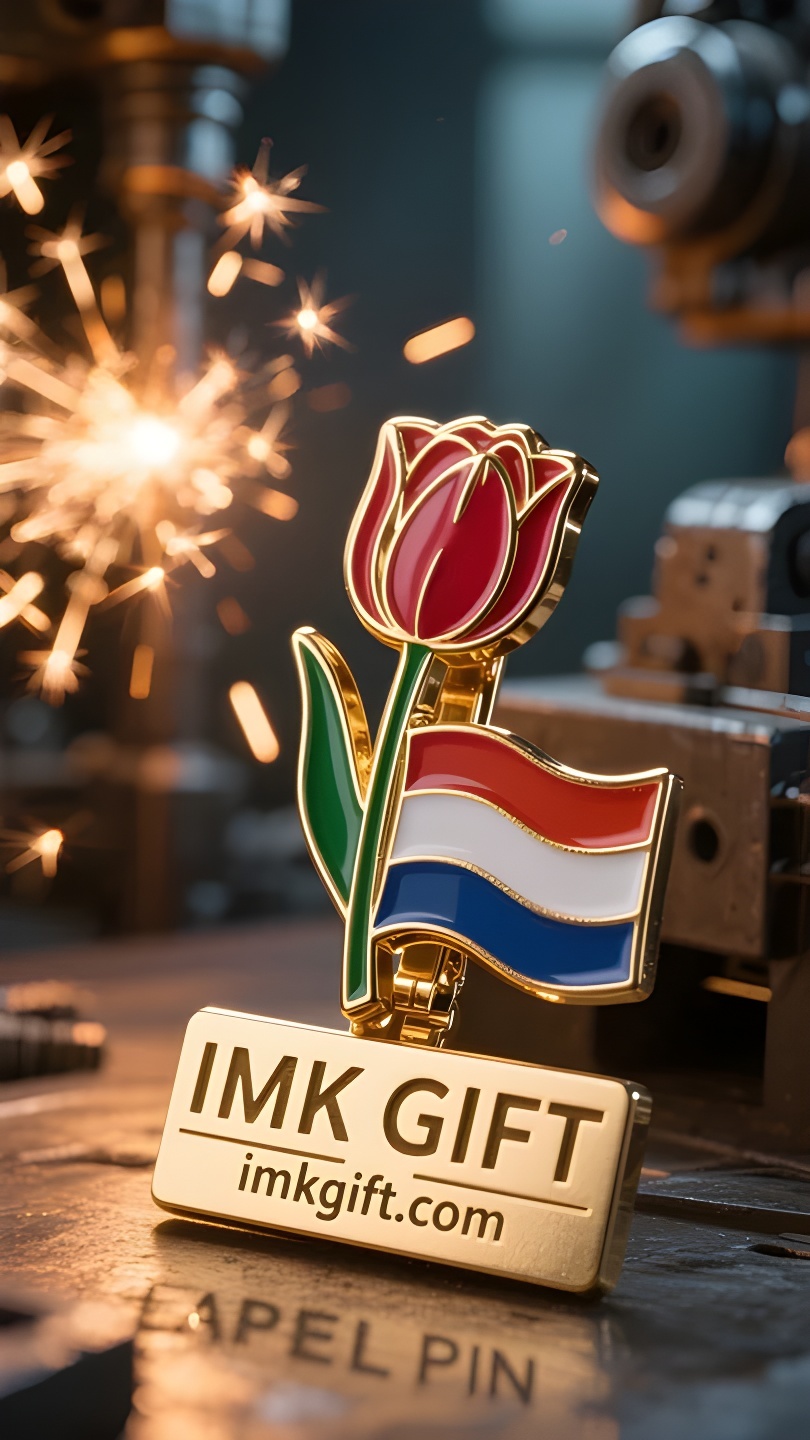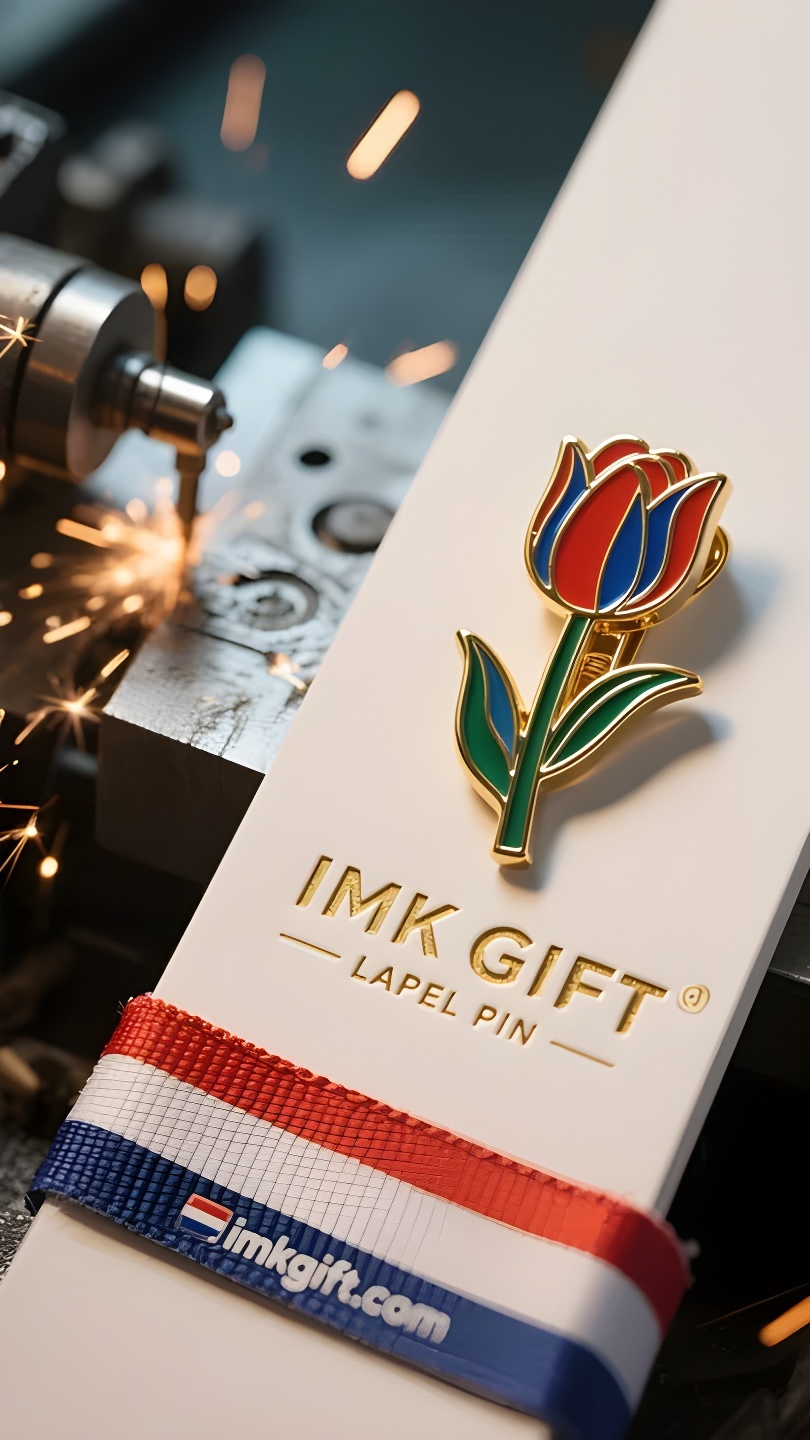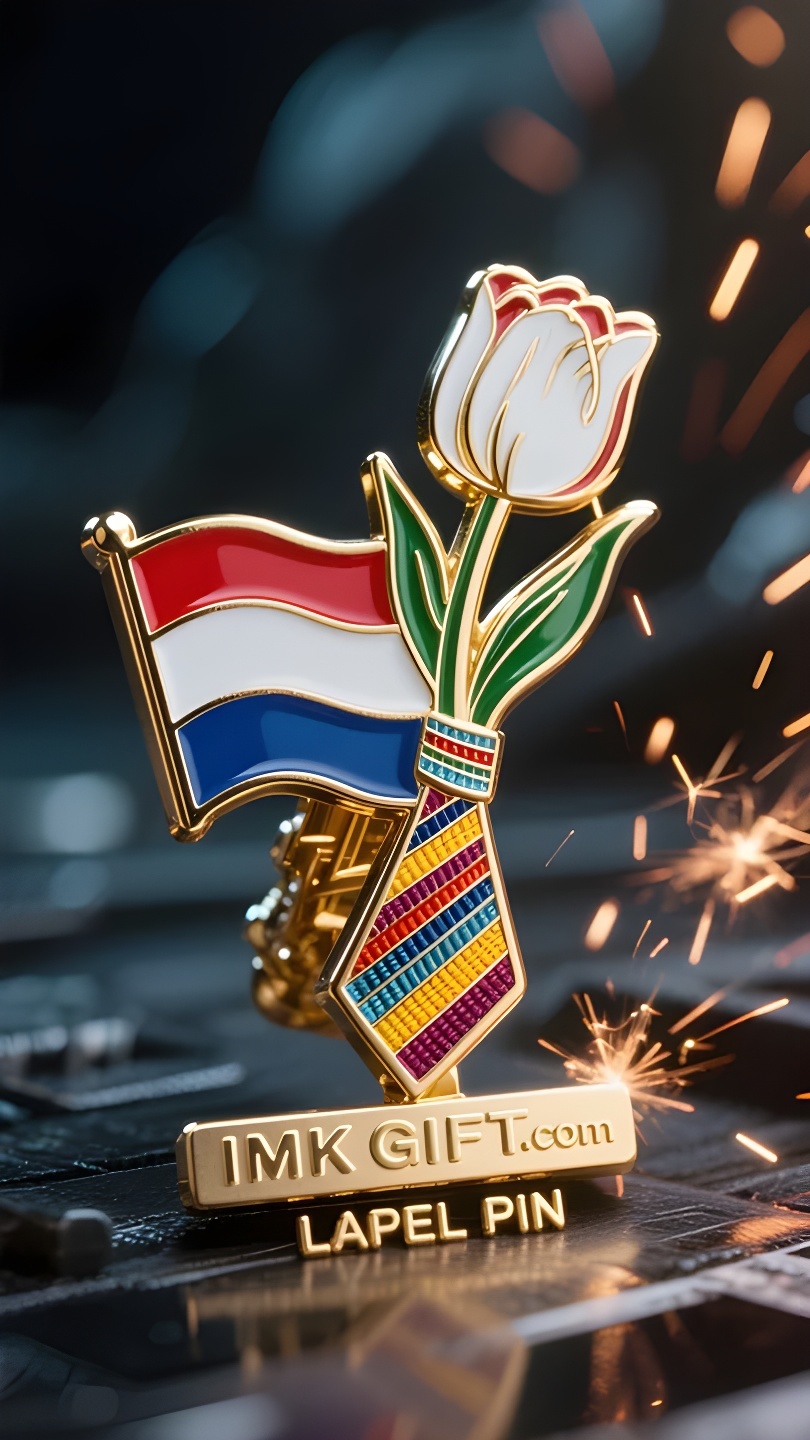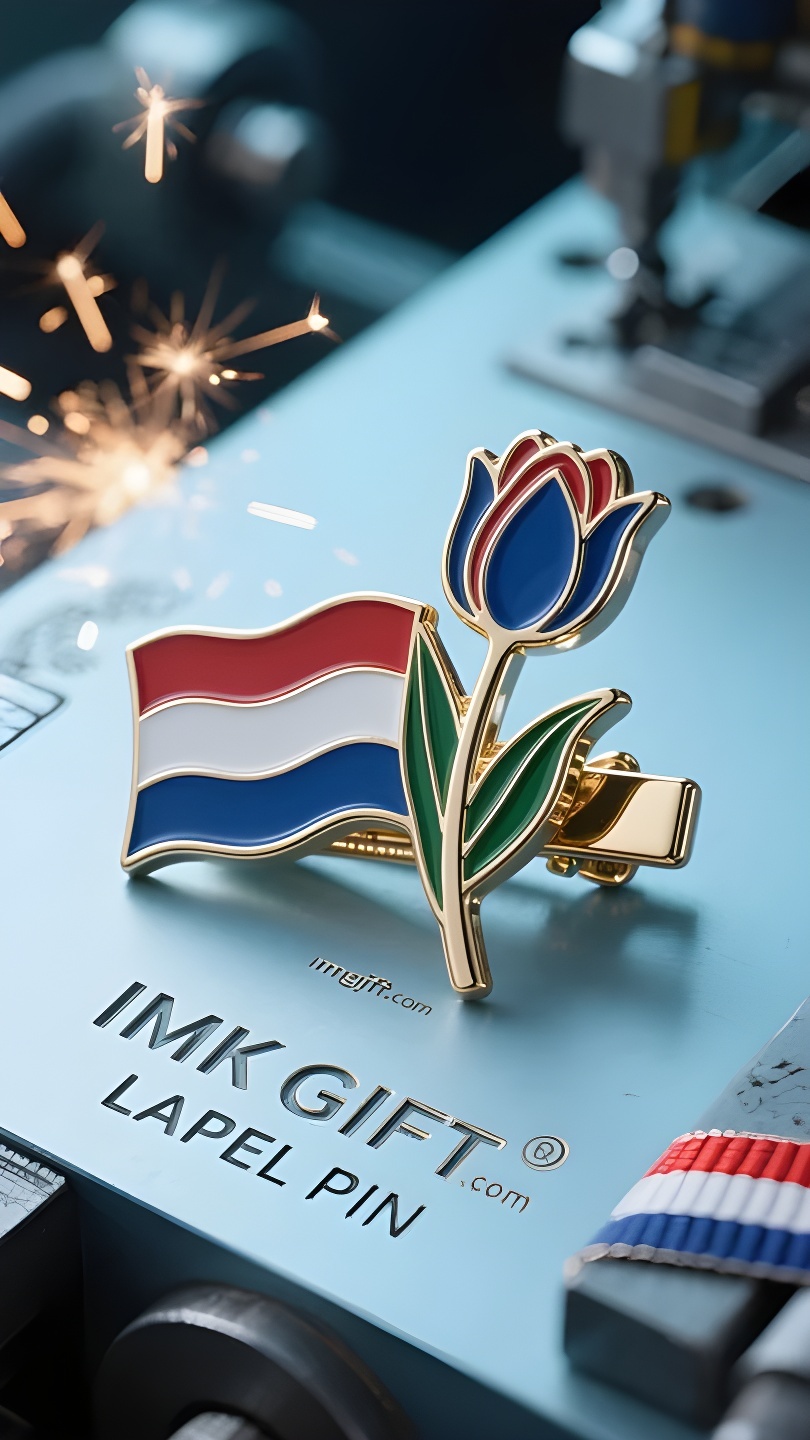in989-Een-kompas-vastgespeld-op-je-revers
▼
Eind april, aan de grachten van Amsterdam, tijdens de oranje gloed van de Koningsdagviering, spelde een oude man met wit haar een zilveren stropdasclip met tulpen op de revers van het pak van zijn kleinzoon. Dit familie-aandenken, dat al drie generaties lang wordt doorgegeven, belichaamt de overlevingskunst die de Nederlanders in hun bloed hebben. De rood-wit-blauwe nationale vlag wapperde in de wind. De vingertoppen van de oude man streken over de geëmailleerde tulp op zijn dasspeld: “Het rood staat voor de bloedvlekken op de handen van onze vaders toen ze land op de zee veroverden. Het wit staat voor ons pure geloof in het leven van de zee. Het blauw staat voor de loyaliteit van generaties die de Noordzee bewaken. Deze tulp blokkeerde ooit een kogel voor uw overgrootvader toen hij deelnam aan het verzet.” Jonge tulpenbollen moeten in de koude winter overwinteren voordat ze in het voorjaar de meest schitterende kleuren kunnen vertonen. Net als deze stropdasspeld die tijdens de oorlog werd aangepast, was het oorspronkelijk een gewoon sieraad. Maar het werd een beschermende spiegel voor het hart op beslissende momenten van leven en dood. Nederlanders staan bekend om hun flexibiliteit. Windmolenwieken weten hoe ze in een storm moeten draaien en tulpenstelen houden hun bloemblaadjes nederig omhoog, net als dit misvormde maar intacte stukje metaal, dat een crisis omzet in de kracht van bescherming. Toen de jongeman de stropdasklem dicht bij zijn hart hield, scheen er een schitterend licht op het diamantgeslepen metalen oppervlak. Iedere Nederlander weet dat ware moed niet ligt in het bestrijden van de storm, maar in het omzetten van de kracht ervan in je eigen inslag en schering. Deze stropdasclip die door de rook van buskruit is gegaan, wijst nu in de richting van nieuw leven.
At the end of April, beside the canal in Amsterdam, amid the orange tide of King’s Day, a white-haired old man pinned a silver tie clip with tulips on his grandson’s suit lapel. This family keepsake, passed down for three generations, embodies the survival wisdom in the blood of the Dutch. The red, white and blue national flag spreads in the wind, and the old man’s fingertips brush over the enamel painted tulips on the tie clip: “The red is the bloodstains on our palms when our fathers reclaimed land from the sea, the white is our pure belief in the sea, and the blue is the loyalty of generations to watch over the North Sea. This tulip once blocked a bullet for your great-grandfather when he participated in the resistance movement.” Young tulip bulbs hibernate in the cold winter before they burst into the most brilliant colors in spring. Just like this wartime modified tie clip, it was originally just an ordinary ornament, but it became a heart mirror at the critical moment of life and death. The Dutch are well versed in flexibility. Windmill blades know how to rotate in the storm, and tulip stems hold up the petals with humility, just like this deformed but unbroken piece of metal, which turns crisis into the power of protection. When the young man puts the tie clip close to his heart, the sparkling light flows on the diamond-cut metal surface. Every Dutch person knows that true character is not about fighting the storm, but weaving the power of the storm into one’s own longitude and latitude. This tie clip that has passed through the smoke of gunpowder is now pointing to the direction of new life.
四月末的阿姆斯特丹运河边,国王节庆典的橙色浪潮中,一位白发老者将嵌着郁金香的银质领带夹别在孙子西装翻领上。这件传承三代的家族信物,凝结着荷兰人血脉里的生存智慧。
红白蓝三色国旗在风中舒展,老者指尖拂过领带夹上珐琅彩绘的郁金香:”红色是父辈在围海造田时磨破手掌的血痕,白色是我们向大海讨生活必须的纯粹信念,蓝色是代代守望北海的忠诚。这朵郁金香,曾在你曾祖父参加抵抗运动时,替他挡过子弹。”
年轻的郁金香球茎经过寒冬蛰伏,才能在春日迸发最绚烂的色彩。正如这件战时改造的领带夹,原本只是普通饰物,却在生死关头成为护心镜。荷兰人深谙柔韧之道,风车叶片懂得在风暴中顺势旋转,郁金香茎秆以谦卑姿态托举重瓣,正如这枚变形却未断裂的金属片,将危机淬炼成守护的力量。
当青年将领带夹贴近心脏位置,粼粼波光在钻石切割的金属表面流转。每个荷兰人都知道,真正的风骨不在于对抗风暴,而是将风暴的力量编织进自己的经纬。这枚穿越硝烟的领带夹,此刻正指向新生的方向。
▼
Contact Us
📞 Tel: +0086-760-85286839
📧 Email: sales3@imkgift.com








